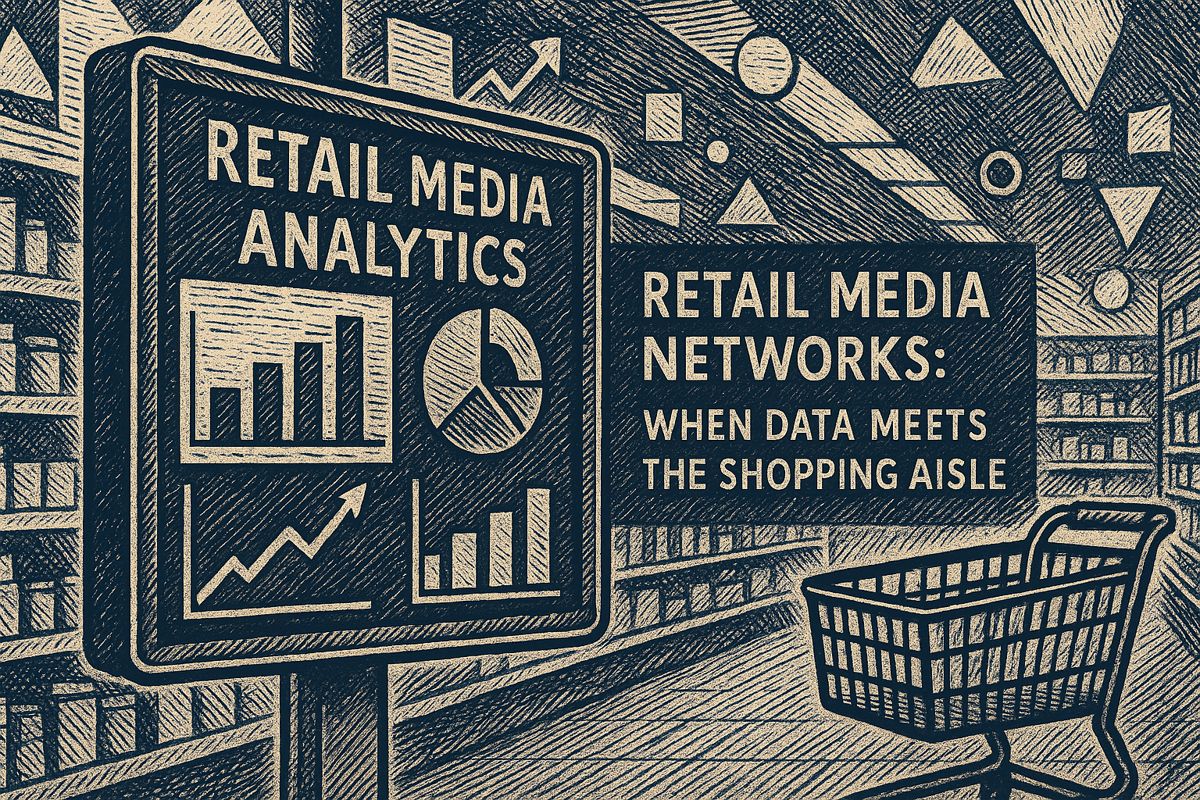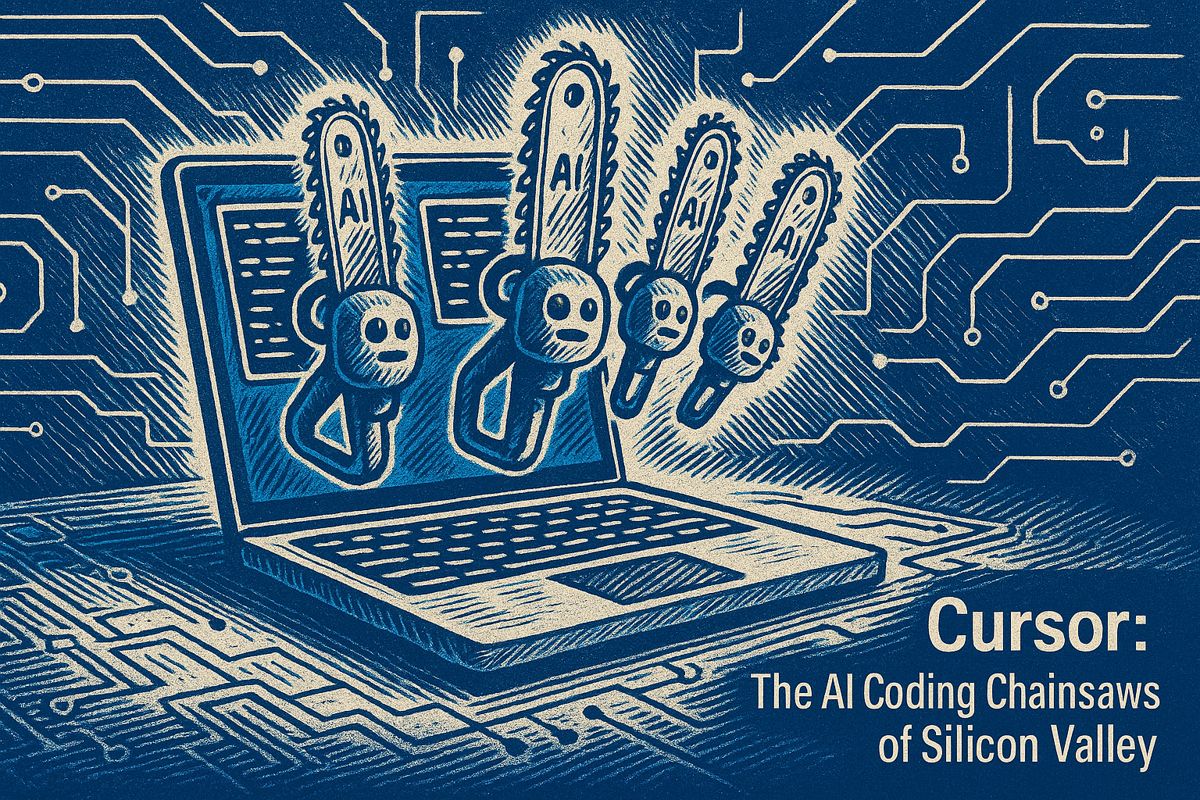Successful 2025 AI adoption hinges less on technology and more on people. Companies with a people-first AI strategy are twice as likely to report success compared with firms that focus mainly on technology (Workplace Intelligence study). New data confirms the primary roadblocks are human-centric: employee skills gaps, deep-seated trust issues, and a lack of effective training, which now eclipse technical concerns.
Why People, Not Technology, Are the Core AI Challenge in 2025
The core challenge for AI in 2025 lies in navigating human factors. A lack of employee training, significant AI skills shortages, and widespread workforce anxiety create a ‘readiness gap.’ This human-centric friction stalls deployment and erodes ROI more significantly than any technical or budgetary constraint.
This gap is starkly illustrated by recent data. While nearly 90 percent of healthcare and HR executives identify employee training as their top concern for AI integration (Net Health insight), only 5 percent of HR teams feel fully prepared to deliver it, according to the latest Korn Ferry report. This mismatch fuels employee anxiety and slows rollouts.
Critical skills shortages present the next major hurdle. Forty percent of chief HR officers blame a limited AI skillset within their teams for stalled pilot projects, even when funding is available. Overcoming this requires continuous upskilling that blends technical literacy with essential soft skills like critical thinking and ethical judgment.
Finally, overcoming employee distrust is a critical barrier. A 2025 Pew survey reveals that 52 percent of workers are worried about how AI might affect their jobs. Organizations can mitigate this fear with transparency around data usage, model limitations, and decision rights, often by publishing clear governance playbooks.
A Practical Guide to Overcoming Human Barriers in AI
Leaders who pair technology upgrades with human-centric policies achieve measurable gains. A landmark field experiment with over 5,000 customer-support agents showed a 15 percent increase in resolved tickets per hour after teams received a generative AI assistant and brief training (Quarterly Journal of Economics study). Crucially, the largest efficiency boosts went to less experienced agents, effectively narrowing internal skill gaps.
In practical terms, successful firms focus on clear, consistent communication. Linking AI objectives to individual benefits and safeguards is key. For example, a Midwest insurer that publishes a quarterly “AI in our Work” brief – outlining new tools, privacy measures, and reskilling opportunities – reduced change-fatigue complaints by 18 percent year over year.
Measuring What Matters: New Metrics for AI Success
To support AI adoption, HR and IT functions must become more interdependent, sharing dashboards that track both model accuracy and employee sentiment. By 2026, projections suggest hybrid human-AI teams will handle up to 70 percent of basic HR queries, freeing human managers to focus on mentorship and culture. Early adopters already report a 25 percent reduction in administrative workloads, enabling new investments in learning programs.
An emerging set of metrics to track this progress includes:
- Adoption rate by role
- Training hours per employee
- Trust index from quarterly pulse surveys
- Instances of shadow-tech, which signal unsanctioned tool use
Tracking these human-centric indicators helps leaders spot friction early and deploy targeted interventions, ensuring that AI rollouts deliver on their promise.
Why do HR leaders say humans, not algorithms, are the hardest part of AI roll-outs in 2025-2026?
Because 90 % of healthcare and HR executives now rank staff adoption and training above cost, security, or integration issues. Algorithms work once the data is clean; people don’t. Fear of job loss, opaque decision logic, and “change fatigue” after years of digital upheaval make the last mile of AI adoption a human problem, not a technical one.
How big is the AI skills gap inside companies right now?
Only 5 % of HR teams feel “fully prepared” to deploy AI, and 40 % of CHROs cite insufficient AI-related knowledge as the single biggest obstacle. The gap is widest in mid-size firms that lack dedicated L&D budgets; they rely on vendor webinars that rarely cover ethics, bias checks, or workflow redesign. Upskilling programs that pair technical drills with creativity and critical-thinking workshops are showing the fastest ROI.
What practical steps reduce employee distrust of AI tools?
- Co-design sprints – invite front-line staff to test beta versions and veto opaque features
- Plain-language model cards – one-page explainers of what data the model uses, its accuracy range, and human override points
- “No surveillance” pledges – written guarantees that AI outputs are used to augment, not automate, performance reviews
Companies that publish these pledges see adoption rates rise 32 % inside a quarter, according to 2024 Workplace Intelligence data.
Which early adopters prove humans and AI can share the same desk?
- Customer-support centers using generative AI assistants resolved 15 % more tickets per hour; gains were largest among newest agents, showing AI can narrow, not widen, skill gaps
- Legal teams at three AmLaw 200 firms automated first-pass document review and re-deployed junior associates to client advisory work, cutting turnover 18 %
Each case paired tool roll-outs with role re-design and extra training days, proving the tech works only when jobs are rewritten around it, not dropped into old workflows.
How will hybrid human-AI teams change daily work by 2026?
Expect AI agents scheduled into Outlook calendars for tasks like talent scouting, interview slots, and payroll anomaly checks. Job descriptions are already being rewritten to oversee mixed teams; humans focus on culture, ethics, and exception handling, while AI handles 70 % of tier-one HR queries. The catch: emotional-intelligence scores for team leaders will matter as much as their prompt-engineering skills if they want to keep retention rates 30 % higher than tech-only peers.



















